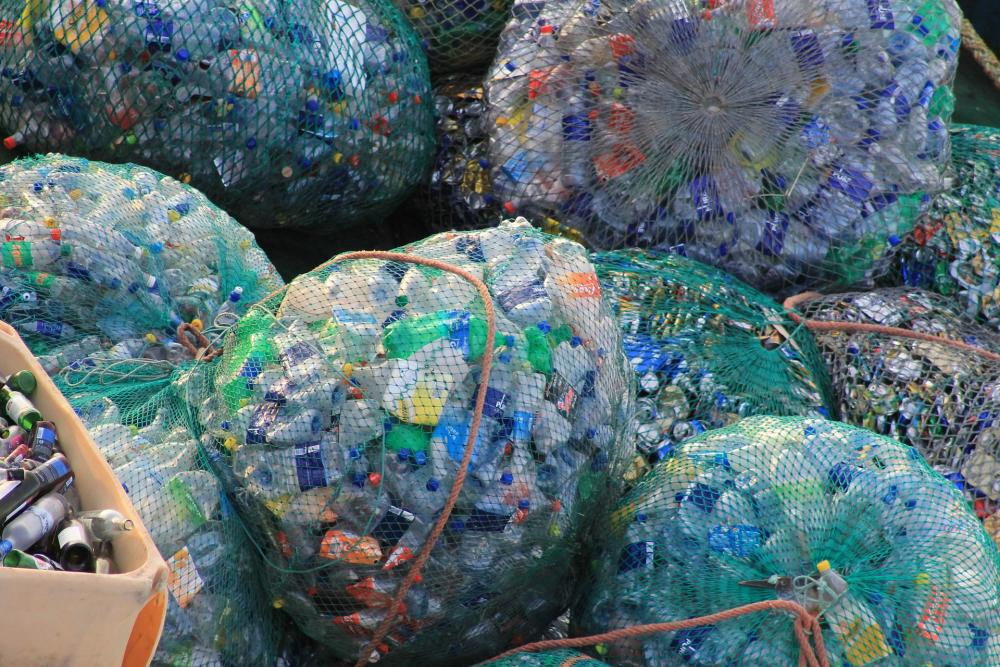Ridding the world of single-use plastics is a goal, not a reality. But every step gets us closer.
I got interested in improving my own plastic footprint last summer. It began a journey of discovery.
Fortunately, the Chesapeake Bay Maritime Museum (CBMM) started before me. In 2018, the CBMM president, Kristen Greenaway, and the president of the Mystic Seaport Museum in Mystic, Ct. decided to set a benchmark for reducing single-use plastic for maritime museums and their communities.
Ms. Greenaway tasked Jill Ferris and Allison Speight with leading a team to device ways to eliminate single use plastics for the museum and events.
Thus began CBMM’s journey of awareness, frustration, education and enlightenment.
It isn’t as easy as it sounds.
First, they reviewed their own use of single-use plastics and developed internal solutions. For example, in what I think is a very charming application, they changed holiday gift giving to encourage reusable, regifted or thrift store purchases.
In looking at the museum at large they discovered some relatively easy solutions, e.g., paper bags instead of plastic bags in the gift shop; wire ties instead of plastic zip ties.
But others were more complicated. For example, the ubiquitous plastic water bottle. Visitors, guests and staff members need water, especially in the summer months. CBMM added a second water fountain, offered thermos’ for sale in the gift shop and are selling canned water. Yep, that’s right, water comes in cans and almost 50% of cans are recycled compared to only 8% of plastic bottles.
One of the most challenging areas to tackle has been events, especially the larger ones such as the Sea Glass Festival and Watermen Appreciation Day.
For smaller events they are purchasing glassware and dishwashers. But glassware is not practical for larger events.
They chose compostable silverware and dinnerware. But, like everything, it is not that simple. Many compostable products require commercial composting. It took a while, but they are in the process of locating a commercial composter.
But of course, recycling only works when items are correctly sorted. So, they need to make sure that visitors put their trash and recyclables in the appropriate bins. To be successful, they get dirty. Yep, that means dumpster diving into the recyclables bin to re-sort any inappropriate material and actively educating visitors.
They have discovered that there is a lot to learn and a lot of information to disseminate. To support the larger community CBMM has formed a Plastic-Free Roundtable that provides quarterly meetings and field trips for local organizations and community members. All working toward the goal of reducing our plastic footprint.
The work continues, because like me, they have discovered single-use plastic is hiding everywhere, from vendor supplies, to lunch boxes, to well-meaning visitors.
Ferris says that the most important takeaway is to look at the complete product lifecycle. When we purchase any item, we need to think about its entire cycle which doesn’t end when we consume it.
For those who are interested in seeing their progress, CBMM has posted a sustainability page to chronicle their journey.
They have learned what I am now learning, it will take a larger community to reduce our plastics footprint.
Fortunately, we have a great one here on the Eastern Shore.
Angela Rieck, a Caroline County native, received her PhD in Mathematical Psychology from the University of Maryland and worked as a scientist at Bell Labs, and other high-tech companies in New Jersey before retiring as a corporate executive. Angela and her dogs divide their time between St Michaels and Key West Florida. Her daughter lives and works in New York City.


